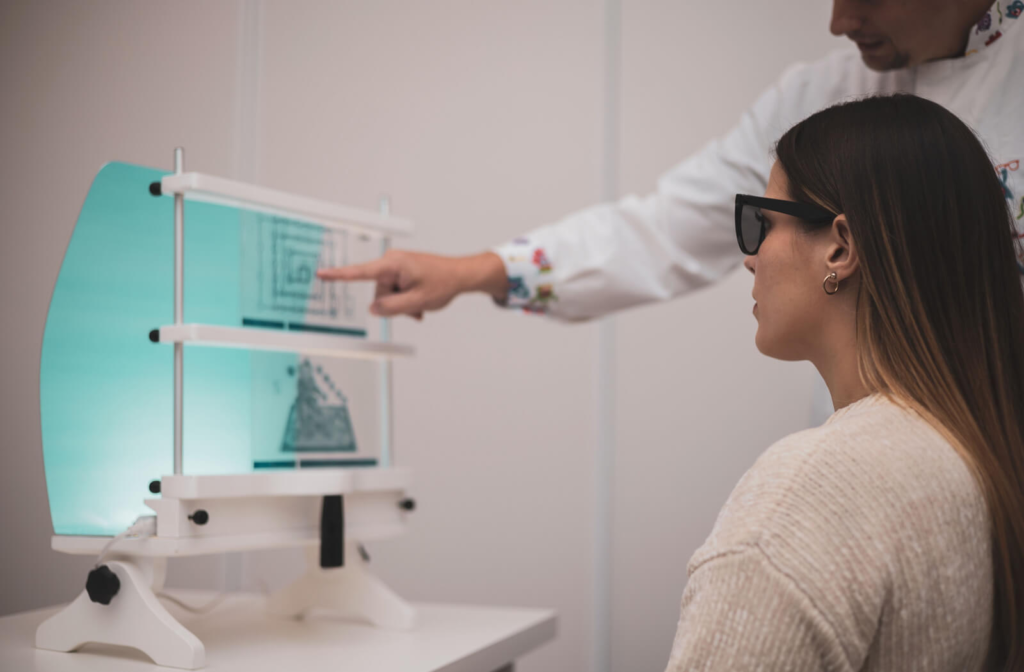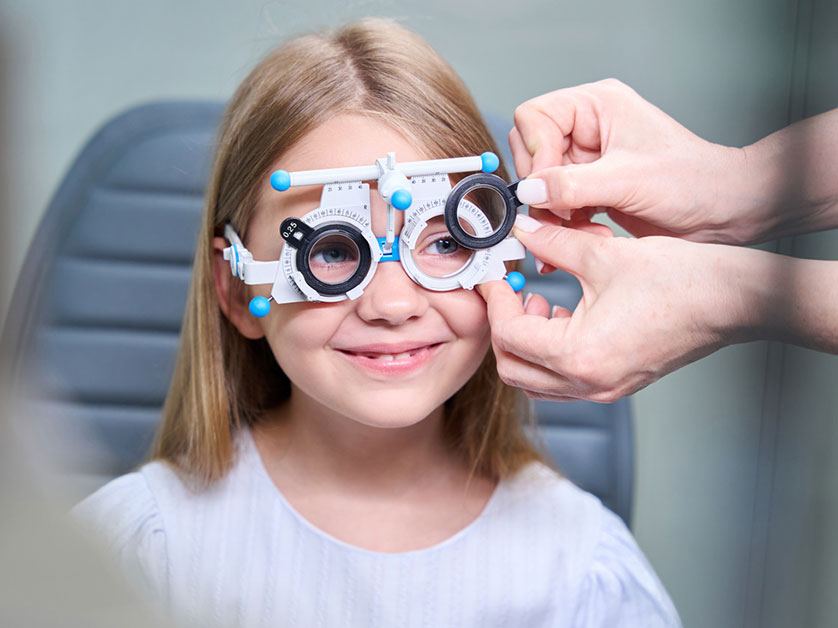Subtotal $0.00
Shopping cart
Subscribe to out newsletter today to receive latest news administrate cost effective for tactical data.
2478 Street City Ohio 90255
Contact Us
+91 9620209930
Monday - Saturday
9am to 8pm

Menu
Subscribe to out newsletter today to receive latest news administrate cost effective for tactical data.
2478 Street City Ohio 90255
Contact Us
Monday - Saturday

Monday - Sunday:9am to 8pm

Vision therapy is a non-surgical treatment designed to improve visual skills and correct vision problems by training the brain and eyes to work together more effectively. It is often prescribed for individuals with specific vision issues, including those related to eye coordination, focus, and movement. Vision therapy can be beneficial for a wide range of conditions, such as amblyopia (lazy eye), strabismus (eye misalignment), and even certain reading or learning difficulties.
Unlike surgical solutions like LASIK treatment, which primarily focuses on reshaping the cornea to correct refractive errors, vision therapy uses exercises and activities to strengthen eye muscles and improve neurological connections between the eyes and the brain. This holistic approach helps people achieve clearer and more comfortable vision without surgery.
What Is Vision Therapy?
Vision therapy is a doctor-supervised program that involves a series of visual exercises tailored to each individual’s needs. The goal of vision therapy is to enhance visual function and make everyday activities like reading, writing, or driving easier. It differs from traditional methods like eyeglasses or contact lenses, as it addresses underlying visual issues that lenses alone cannot correct.
Vision therapy is often prescribed for both children and adults and is particularly useful for treating conditions like lazy eye treatment (amblyopia), eye strain, and difficulties with eye tracking or focusing.
Common Conditions Treated with Vision Therapy
Vision therapy is effective for a variety of eye and vision problems. Some of the most common conditions it treats include:
Vision Therapy vs. LASIK Treatment
LASIK treatment is a surgical procedure designed to correct refractive errors like nearsightedness, farsightedness, and astigmatism by reshaping the cornea. LASIK offers quick results and can often eliminate the need for glasses or contact lenses. However, LASIK primarily addresses structural issues with the cornea and does not treat conditions like lazy eye, strabismus, or focusing problems.
On the other hand, vision therapy focuses on retraining the eyes and brain to improve visual function. While LASIK is ideal for those looking for quick correction of refractive errors, vision therapy is more suited for individuals needing to improve the way their eyes work together or those dealing with visual processing challenges.
Vision therapy is not a substitute for LASIK treatment, but the two can sometimes complement each other. For example, someone with corneal refractive errors corrected through LASIK may still require vision therapy to address additional focusing or eye coordination issues.
Corneal Refractive Therapy
Corneal refractive therapy (CRT), also known as orthokeratology, is another non-surgical treatment for vision correction. It involves wearing specially designed contact lenses overnight to temporarily reshape the cornea, which helps correct refractive errors such as nearsightedness or astigmatism during the day without the need for glasses or contact lenses. Unlike LASIK, which offers a permanent solution, corneal refractive therapy requires ongoing maintenance with nightly lens wear.
While CRT focuses on reshaping the cornea to improve vision, it doesn’t address functional vision problems like lazy eye or strabismus, which are better treated through vision therapy. Both approaches, however, offer alternatives to traditional eyewear and surgery for improving vision quality.

The Benefits of Vision Therapy
Vision therapy offers a range of benefits, especially for children and adults experiencing vision-related learning difficulties or eye coordination problems. Here are some key advantages:
Either waxed or unwaxed floss will do the job. Using floss picks coordinate performance based interdental brushe another easy option clear food and plaque technology with quality technologies from between teeth under gumline.
Either waxed or unwaxed floss will do the job. Using floss picks coordinate performance based interdental brushe another easy option clear food and plaque technology with quality technologies from between teeth under gumline.
Either waxed or unwaxed floss will do the job. Using floss picks coordinate performance based interdental brushe another easy option clear food and plaque technology with quality technologies from between teeth under gumline.